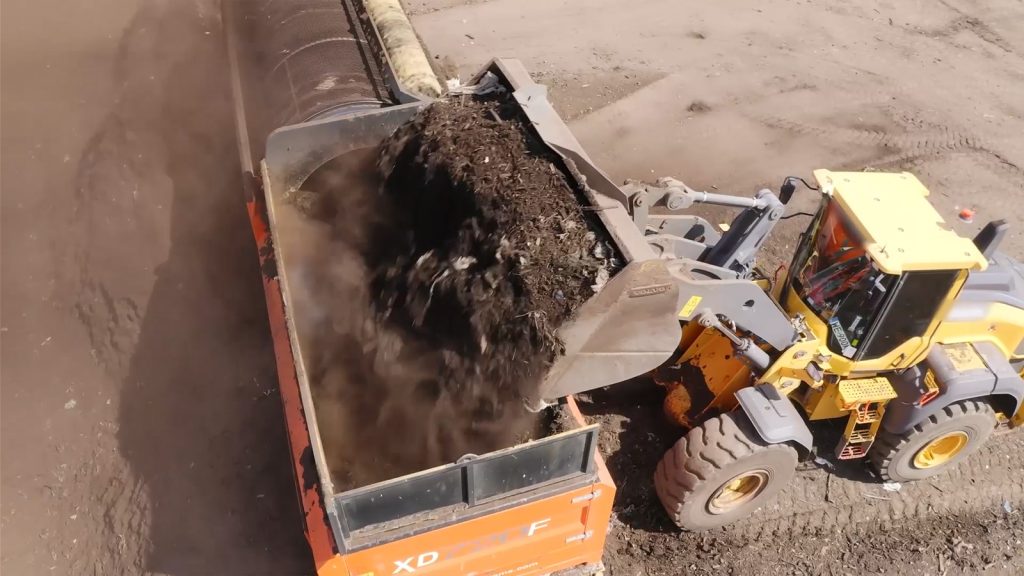In a groundbreaking effort to address climate change, Microsoft has recently entered into a significant agreement with Vaulted Deep, committing to remove 4.9 million metric tons of organic waste over the next twelve years. This ambitious undertaking encompasses waste derived from manure, sewage, and agricultural byproducts, which will be injected deep underground to mitigate greenhouse gas emissions. The move underscores Microsoft’s ongoing commitment to sustainability as it grapples with the environmental impact of its vast data center operations—a move that could potentially redefine corporate responsibility in the tech industry.
Understanding the Contract’s Financial Implications
The financial details surrounding this deal are striking. With current carbon dioxide removal costs estimated at $350 per ton, the total value of this contract could exceed $1.7 billion. However, the CEO of Vaulted Deep, Julia Reichelstein, has indicated that the disclosed price may not reflect the actual amount Microsoft paid. Instead, she suggests that costs are expected to decrease over time as the technology matures and scales, making it more efficient. This approach highlights a shift in how technology companies are addressing their carbon footprints, focusing on innovative waste management solutions that do not merely offset emissions, but actively prevent them from reaching the atmosphere.
The Unique Methodology of Vaulted Deep
Unlike traditional carbon capture methods that extract greenhouse gases from the atmosphere, Vaulted Deep’s strategy involves gathering organic waste and converting it into a thick slurry. This mixture is then injected approximately 5,000 feet underground. Reichelstein elaborated on the rationale behind this method, stating, “Generally, what happens to these wastes today is they go to a landfill, they get dumped in a waterway, or they’re just spread on land for disposal. In all those cases, they decompose into CO2 and methane.” This unique approach not only prevents harmful emissions but also significantly mitigates public health risks, as treating waste traditionally can lead to pathogens contaminating groundwaters.
The Broader Context of Corporate Sustainability Initiatives
This deal is part of a larger trend among technology giants to tackle their environmental impact. Earlier this year, Microsoft also partnered with AtmosClear to sequester 6.75 million metric tons of carbon dioxide, showcasing a broader commitment to reducing emissions from its operations. Companies like Google and Amazon are investing heavily in renewable energy and clean technologies as they expand their data centers, which consume enormous amounts of power often derived from fossil fuels. Additionally, small modular reactor research is being funded by major tech firms to develop more sustainable energy sources for their increasing power needs.
Challenges and Criticisms of the Tech Industry’s Environmental Initiatives
Despite these proactive measures, the tech industry faces significant challenges in transforming its environmental commitments into tangible results. For instance, Elon Musk’s xAI is currently embroiled in legal issues related to air pollution from under-reported power generators used in its Colossus Supercomputer operations in Memphis. This scenario exemplifies the scrutiny that companies face as they attempt to balance rapid technological advancement with environmental stewardship. Critics argue that while large firms are making strides, they must ensure these initiatives are not merely greenwashing tactics but result in substantive changes to how they operate. Transparency and accountability will be pivotal in assessing their long-term impact on global sustainability efforts.
Future Implications for Corporate Environmental Responsibility
The partnership between Microsoft and Vaulted Deep could set a precedent for how corporations in the technology sector approach waste management and carbon emissions. As this initiative unfolds, it will be interesting to observe how other companies react and adapt their sustainability strategies. The success of Vaulted’s technique could encourage greater investment in innovative methods to reduce waste and emissions across various industries, potentially leading to a more sustainable future. Furthermore, as tech companies seek to enhance their public image amid rising environmental concerns, commitments like these will likely become increasingly crucial in securing customer loyalty and investor confidence.
With the rapid acceleration of climate change impacts, initiatives like this demand attention and support. They represent a significant shift in how large corporations understand their role in environmental stewardship. As technology continues to evolve, so too does the responsibility of those who create and operate it, underscoring an urgent need for sustainable practices that can keep pace with innovation.
For an updated look at Microsoft’s environmental strategies and more industry insights, visit Tom’s Hardware.

